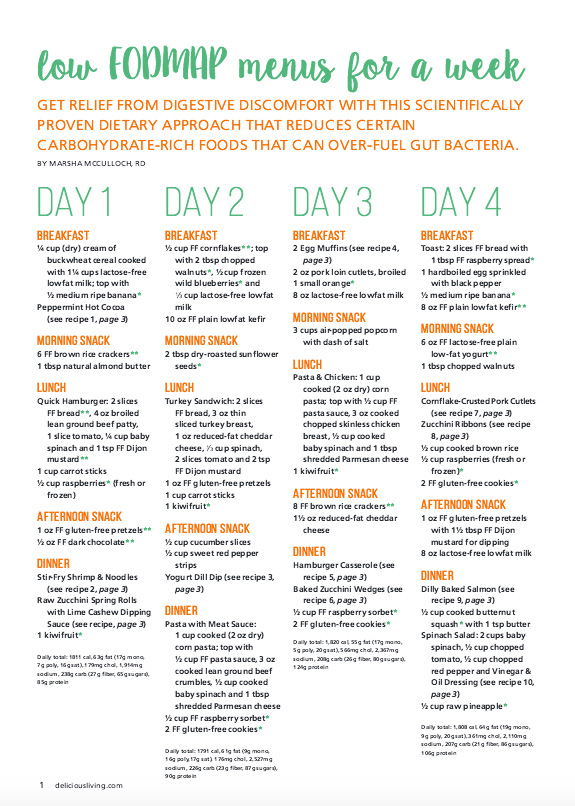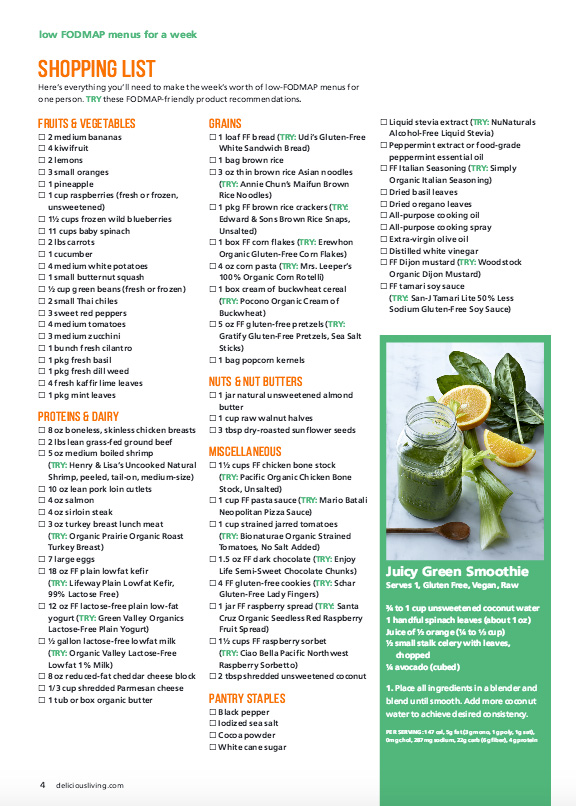Most of these products are new to me, although I know at least one of these has been around for at least a year or so, hence the ‘ish’. Here are my (and one of my son’s) favorites from the most recent New Hope Blogger Box.
Our favorite were the vegan Mexican dips by Zubiate Foods including queso, crema, and salsa (which is the only one that is not normally already vegan). These are not things we normally eat so when I asked my son if he thought the queso tasted like regular cheese-y queso, he said he had never had it before so he didn’t know but he really liked it. I tried it and it did taste like queso I’ve had if my memory serves me right, but more importantly, it really is delicious. We weren’t sure what to do with the crema but it turned out to be our favorite! It was also the best smelling and since neither of us really knew what to expect from ‘crema’ and were pleasantly surprised. It was so good! The salsa was tasty and spicy. We are used to salsa and this one was a delicious one, though probably a bit spicier than we would choose for a long chow session. The mix of the three with chips were really just right though! If you are vegan or simply avoiding dairy, I definitely recommend trying these for a fun snack or part of a full Mexican meal. I’m sure others can get a lot more creative with them than just the chips we paired them with, but my brain is currently filled with trying to find a place to move into so chips and dip were all I could muster.
Speaking of brains, this adaptogenic herb is also known to boost brain power. If you know one adaptogen, it’s most likely this one, ashwagandha, because it seems to be the most popular also the most versatile one in terms of helping the most amount of issues in the widest amount of people. It is also referred to as Indian Ginseng (actual Ginseng is also an adaptogen but has a greater effect on testosterone and can cause issues because of it. It is generally recommended that only men over 25 take it, and over 40 benefit the most from it. Women seem to tolerate it at any adult age.) Ashwagandha on the other hand has a more mellow effect and is far more about balance. It is recommended for mood stabilizing as well as stress management, and one way it does that is by stabilizing cortisol which most people know as one of the major ‘fight or flight’ hormones and has been recently documented to play a big role in holding onto belly fat. Ashwagandha is also the best adaptogen to help with sleep issues as well as helping with long term energy levels during the day time. This ashwagandha supplement by Youtheory is an easy way to get it into your daily life.
CBD is still having its day (years?) in the spotlight, and these by Hemp Fusion are intelligent mixes with thoughtful ingredients. The stress one actually has ashwagandha in it, no surprise there! They also sent a sleep one and an energy one, both of which I tried and I can attest to a lovely night’s sleep with the sleep one, but the energy one is harder to quantify. It might have been what helped me walk my dog this evening when I really would have preferred to sit on the couch with a magazine, but it really is hard to say. It didn’t make me buzzy or jumpy, that’s for sure. How are you guys feeling about CBD at this point? I’m curious as to what people are experiencing with it, or if they haven’t tried it yet, and if not, why? Let me know in the comments or contact me please :0).
The facial products from Probulin are a unique concept although I have heard before that putting probiotics on the face is beneficial, usually in the form of yogurt or kefir based facial masks. I am excited to try the entire line they sent because the ingredients look top quality as they are free of GMOs, sulfates, glycols, parabens, phthalate, sythetic fragrances, and they are cruelty free too. They really seem to have put together some products with the concept of ‘don’t put on your body what you wouldn’t put into your body’ in mind. I’ll have to let you know how my skin reacts once I use the line for a few days, but goodness knows that after this rough year I could use some intense facial therapy! I’ve tried everything once or twice as of last night, and so far so good. My skin feels healthy and the products go on nicely. I think the cleanser is my favorite for the way it leaves my skin feeling clean but not stripped.
The product that made me write the ‘ish’ on new in the title is Lively Up Your Breath‘s breath freshener because I wrote about it almost exactly two years ago in this post. It’s a unique breath freshener, not a mint, gum, or even spray. Instead it is a liquid filled capsule that you pop in your mouth and then break (it breaks easily pressing your tongue against your mouth) and the minty liquid does its thing. It’s strong and effective.
If you try any of these, please let me know what you think! I might not be writing here for a couple of weeks because I’m going to be moving soon so life will get hectic and the internet might get tricky, but I’ll still be reading emails and comments so please contact me anytime! And wish me luck with finding a place to live and moving for the first time in over 12.5 years. My kids grew up in this house so besides the fact there is a lot of stuff to pack up, there are even more memories and emotions that will be surfacing, boxing, and/or releasing. I’m saving the ashwagandha and stress CBD for the toughest days ahead.
Bye for now! XOXO












![FE0132DB-7475-4193-B027-292BA787ED37[1] FE0132DB-7475-4193-B027-292BA787ED37[1]](https://i0.wp.com/botanicalalchemyandapothecary.com/wp-content/uploads/2018/02/FE0132DB-7475-4193-B027-292BA787ED371.jpg?w=456&h=456&crop=1&ssl=1)
![1D40E021-8CA5-49E0-8A68-E42643579B04[1] 1D40E021-8CA5-49E0-8A68-E42643579B04[1]](https://i0.wp.com/botanicalalchemyandapothecary.com/wp-content/uploads/2018/02/1D40E021-8CA5-49E0-8A68-E42643579B041.jpg?w=364&h=456&ssl=1)













![0B2D021F-1459-4D57-9833-E43DB0EF0CA4[1]](https://i0.wp.com/botanicalalchemyandapothecary.com/wp-content/uploads/2018/06/0B2D021F-1459-4D57-9833-E43DB0EF0CA41.jpg?resize=828.75%2C671&ssl=1)
![D705522A-63B2-4CE6-9315-6EC26EA822D0[1]](https://i0.wp.com/botanicalalchemyandapothecary.com/wp-content/uploads/2018/06/D705522A-63B2-4CE6-9315-6EC26EA822D01.jpg?resize=828.75%2C654&ssl=1)



![9D1A13AA-C9A9-4F70-958B-C1E893A0EF3B[1] 9D1A13AA-C9A9-4F70-958B-C1E893A0EF3B[1]](https://i0.wp.com/botanicalalchemyandapothecary.com/wp-content/uploads/2018/05/9D1A13AA-C9A9-4F70-958B-C1E893A0EF3B1.jpg?w=409&h=409&crop=1&ssl=1)
![C68352AD-ED20-4E35-8711-2E32619FEA80[1] C68352AD-ED20-4E35-8711-2E32619FEA80[1]](https://i0.wp.com/botanicalalchemyandapothecary.com/wp-content/uploads/2018/05/C68352AD-ED20-4E35-8711-2E32619FEA801.jpg?w=411&h=409&ssl=1)
![WP_20180517_08_14_21_Pro[1] WP_20180517_08_14_21_Pro[1]](https://i0.wp.com/botanicalalchemyandapothecary.com/wp-content/uploads/2018/05/WP_20180517_08_14_21_Pro1.jpg?w=272&h=272&crop=1&ssl=1)
![WP_20180517_08_14_33_Pro[1] WP_20180517_08_14_33_Pro[1]](https://i0.wp.com/botanicalalchemyandapothecary.com/wp-content/uploads/2018/05/WP_20180517_08_14_33_Pro1.jpg?w=272&h=272&crop=1&ssl=1)
![EE1765D8-2D17-4480-A9DF-97A40810C687[1] EE1765D8-2D17-4480-A9DF-97A40810C687[1]](https://i0.wp.com/botanicalalchemyandapothecary.com/wp-content/uploads/2018/05/EE1765D8-2D17-4480-A9DF-97A40810C6871.jpg?w=272&h=272&crop=1&ssl=1)
![6DF84B85-1693-4A02-B1E5-1256F0E9B420[1] 6DF84B85-1693-4A02-B1E5-1256F0E9B420[1]](https://i0.wp.com/botanicalalchemyandapothecary.com/wp-content/uploads/2018/05/6DF84B85-1693-4A02-B1E5-1256F0E9B4201.jpg?w=410&h=410&crop=1&ssl=1)
![71D59356-5C21-46B1-9DC3-9091C0C11306[1] 71D59356-5C21-46B1-9DC3-9091C0C11306[1]](https://i0.wp.com/botanicalalchemyandapothecary.com/wp-content/uploads/2018/05/71D59356-5C21-46B1-9DC3-9091C0C113061.jpg?w=410&h=410&crop=1&ssl=1)














